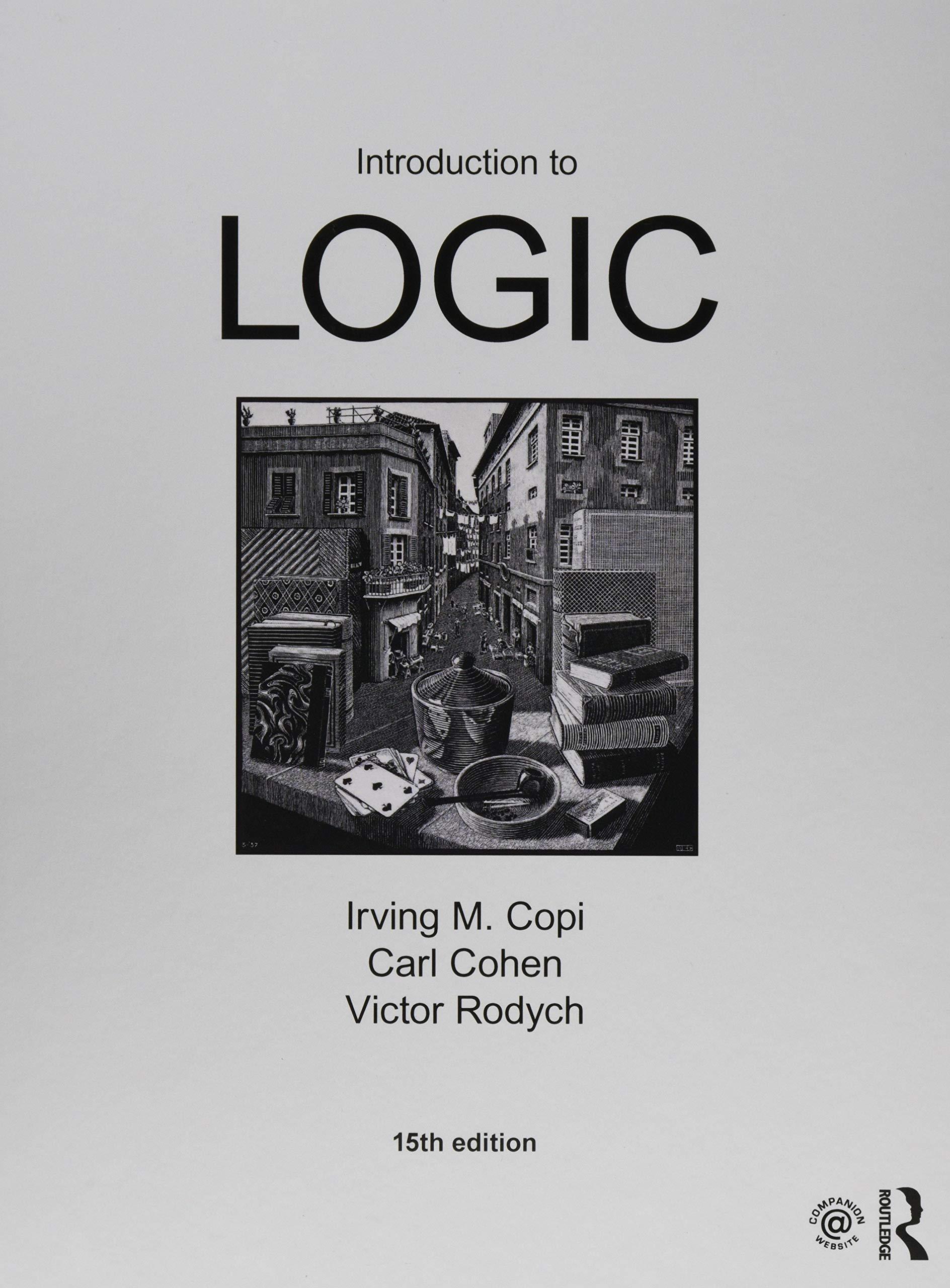Analyze each of the following investigations, or arguments, and indicate which of the methods of causal reasoningMills
Question:
Analyze each of the following investigations, or arguments, and indicate which of the methods of causal reasoning—Mill’s methods—are being used in each of them:
For heart patients, “noetic” intervention—such as prayer and MIT (therapy relying on music, imagery, and touch)—is defined as “an intangible healing influence brought about without the use of a drug, device, or surgical procedure.” 748 patients with coronary heart disease who were to undergo percutaneous coronary intervention (a type of stenting procedure), or elective cardiac catheterization, were enrolled at one of nine study sites between 1999 and 2002. To test the efficacy of noetic intervention, patients were randomized into four groups: one group (189 patients) received both offsite intercessory prayer and MIT therapy; a second group (182 patients) received intercessory prayer only; a third group (185 patients) received MIT therapy only; the fourth group (192 patients) received neither the intercessory prayer nor the MIT therapy. The interventional heart procedures were conducted according to each institution’s standard practices, with a six-month period of follow-up. The prayer portion was double blinded, meaning that the patients and their care team did not know which patients were receiving intercessory prayer. The prayer groups for the study were located throughout the world and included Buddhist, Muslim, Jewish and many Christian denominations. 89 percent of the patients in this study also knew of someone praying for them outside of the study protocol.
As reported by the Duke University Medical Center, the researchers found no significant difference among the four treatment groups. Distant prayer and the bedside use of music, imagery and touch did not have a significant effect upon the primary clinical outcome of these patients undergoing medical interventions.
—“First Multicenter Trial of Intercessory Prayer,”
The Lancet, 16 July 2005
Step by Step Answer:

Introduction To Logic
ISBN: 9781138500860
15th Edition
Authors: Irving M. Copi, Carl Cohen, Victor Rodych





